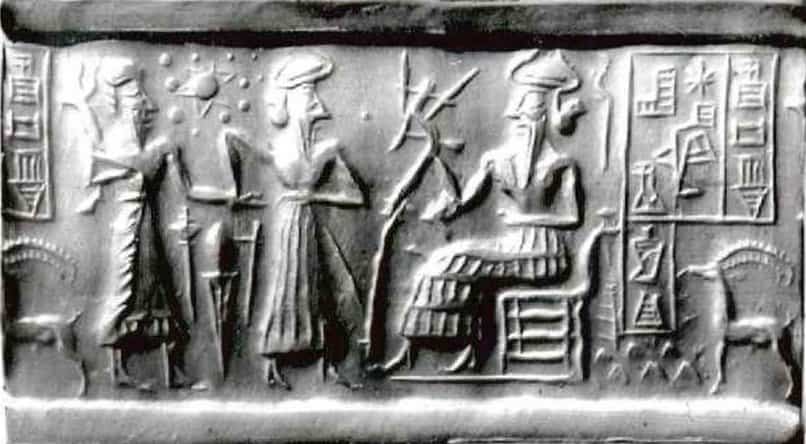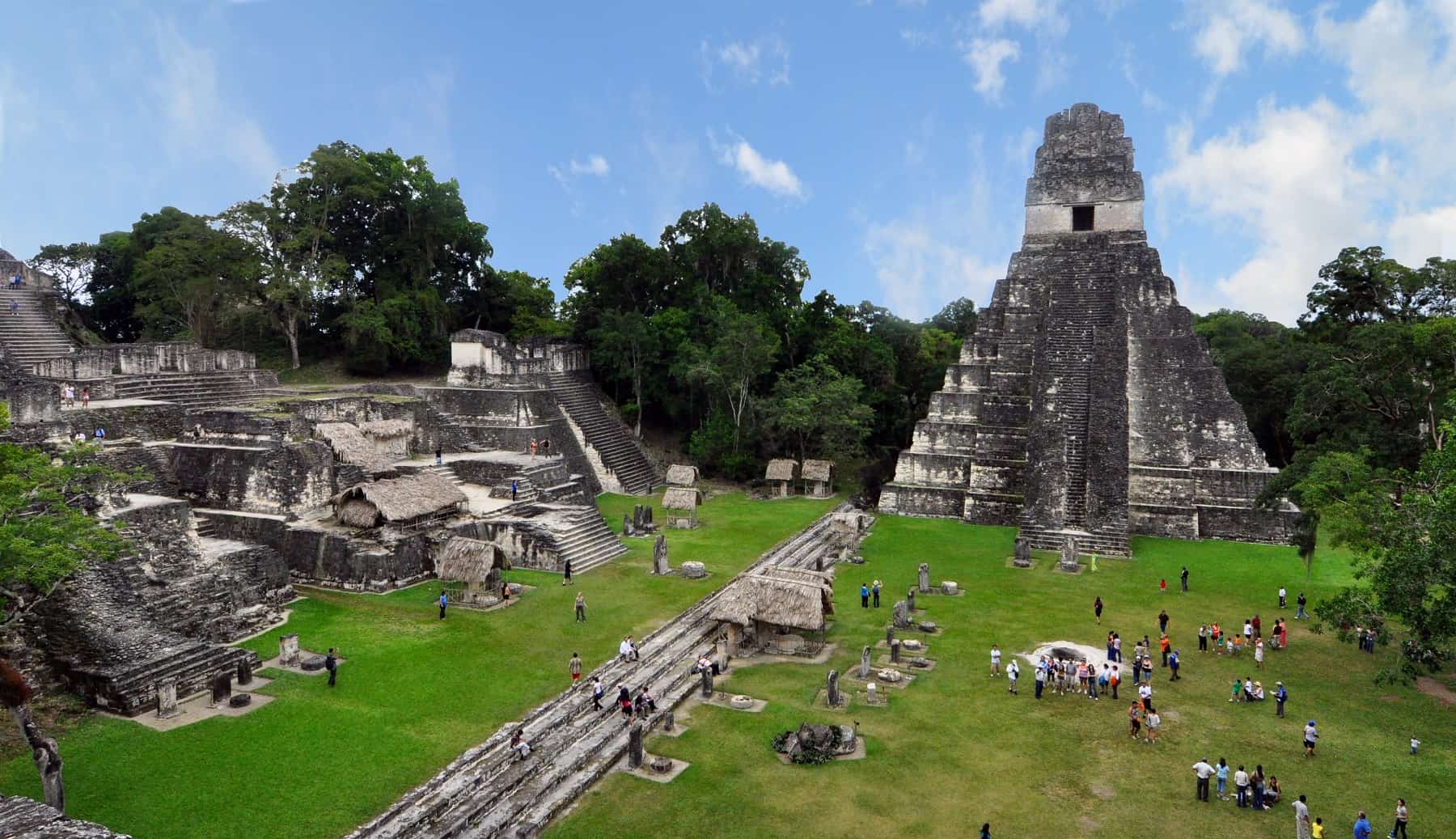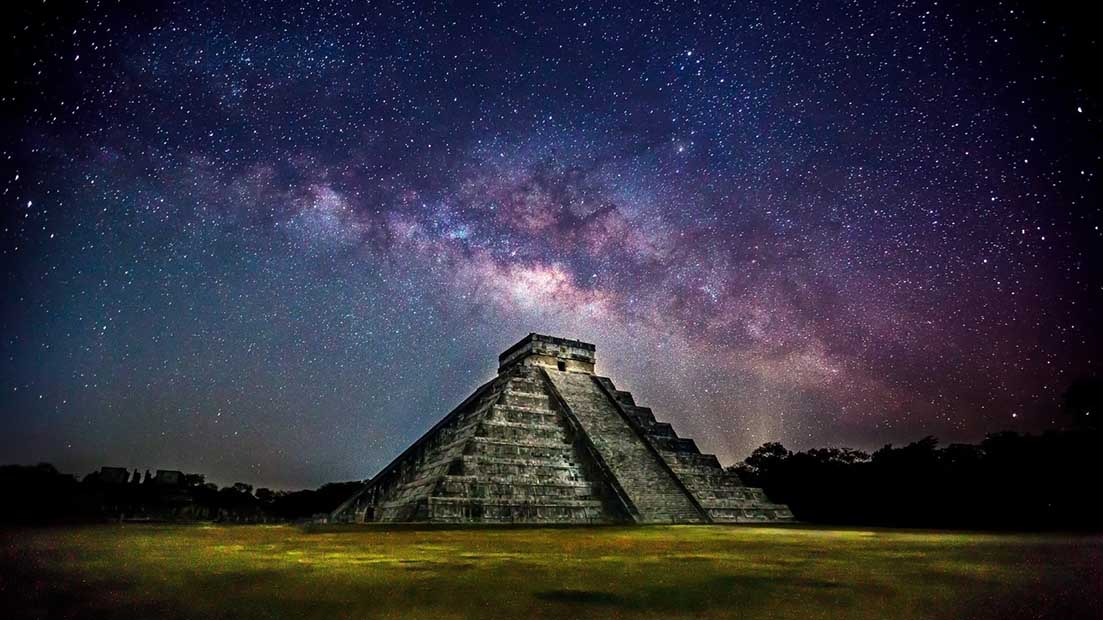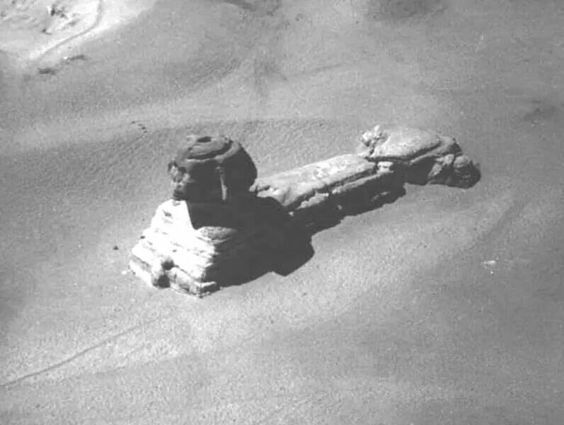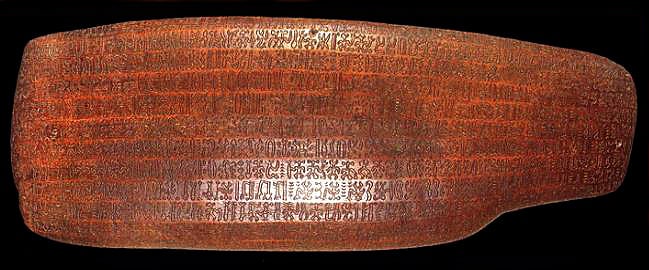
The Easter Island in the South Pacific is famous for the Moai statues, the monumental zoomorphic sculptures created by a culture that still arouses controversy and admiration.
But the island keeps other lesser-known peculiarities, although equally interesting and important.
One of them is the Rongorongo, a system of glyphs discovered in the 19th century unique to Easter Island.
This mysterious script is important for a few reasons.
Firstly, and most importantly, because there is nothing like it elsewhere in the Pacific.
Secondly because if someday researchers manage to prove that it is a writing system and that it was a local development and not something imported, it would constitute one of the few cases of independent invention of writing in the history of humanity.

And while many authors believe it is, in fact, a unique writing system, it still has to be proven.
However, despite the efforts made in recent decades, the Rongorongo script continues to elude decipherment.
So far, experts have only been able to identify some calendrical and what might prove to be genealogical information.
Two dozen objects bearing rongorongo inscriptions, some heavily weathered, burned, or otherwise damaged, were collected in the late 19th century and are now scattered in museums and private collections. All of the rongorongo-bearing artifacts are made of wood and have irregular shapes, among which there is one in the form of a reimiro, a crescent-shaped pectoral ornament once worn by the people of Easter Island, and another that resembles a man-bird.
Regrettably, none remain on Easter Island.
According to the oral tradition of Easter Island, the rongorongo tablets had a sacred character, and that only the ruling and religious elite knew how to read them.
The texts are written following a system of alternate direction called Bustrofedon, very used in ancient Greece, which consists of writing a row from left to right and the next from right to left or vice versa.
In addition, the rongorongo texts are also read from bottom to top, starting in the lower left corner of the tablets, and the lines continue on both sides of the tablet, meaning that you have to turn it before going up towards the next line.
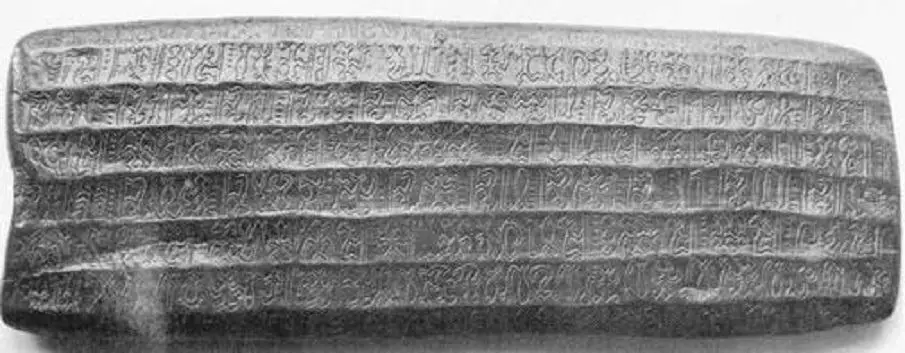
The symbols used are schematic figures representing humans, animals, plants, geometric shapes and artifacts, many of them difficult to identify.
According to tradition, they were engraved on the wood using shark teeth.
Rongorongo is the modern name given to these inscriptions, which in the Rapa Nui language means to recite, declaim or sing.
Its original name or description according to oral tradition was kohau motu mo rongorongo (lines to sing).
This tradition also assigned a specific name to each tablet, based on what was written.
Thus, kohau ta’u are chronicles, kohau ika were lists of people killed in combat, and kohau ranga were lists of war refugees.
The rongorongo glyphs used are approximately one centimeter in height, and cover the entire usable surface of the tablets, making the most of the available space, due to the scarcity of wood on the island.
The analysis of seven of the tablets revealed that the wood came from Thespesia populnea, an arborescent species possibly native to Hawaii and other Pacific islands, disseminated by the ancient Polynesians for the usefulness of their wood and fibers to make ropes.
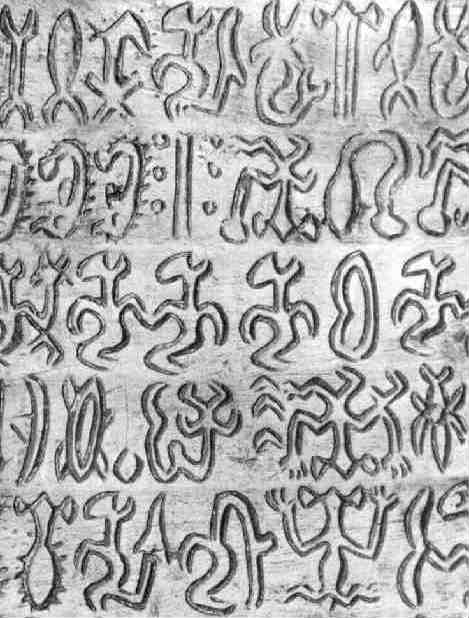
Three other tablets were found to be Podocarpus latifolius, from South Africa and, therefore, may have been imported wood or were obtained as a result of contact with Westerners or from a shipwreck.
Since it has not been possible to decipher what the tablets say, beyond what has been transmitted orally, the origin of this writing system is not known either.
There is no archaeological evidence of written tradition in all of Polynesia, which is why researchers believe it could have been a local development.
However, the legend says that the legendary founders of Rapa Nui brought 67 tablets, from wherever they may have come.
Experts believe that the rongorongo script had not been invented before the thirteenth century.
The only tablet analyzed with radiocarbon method dates from about 1680.
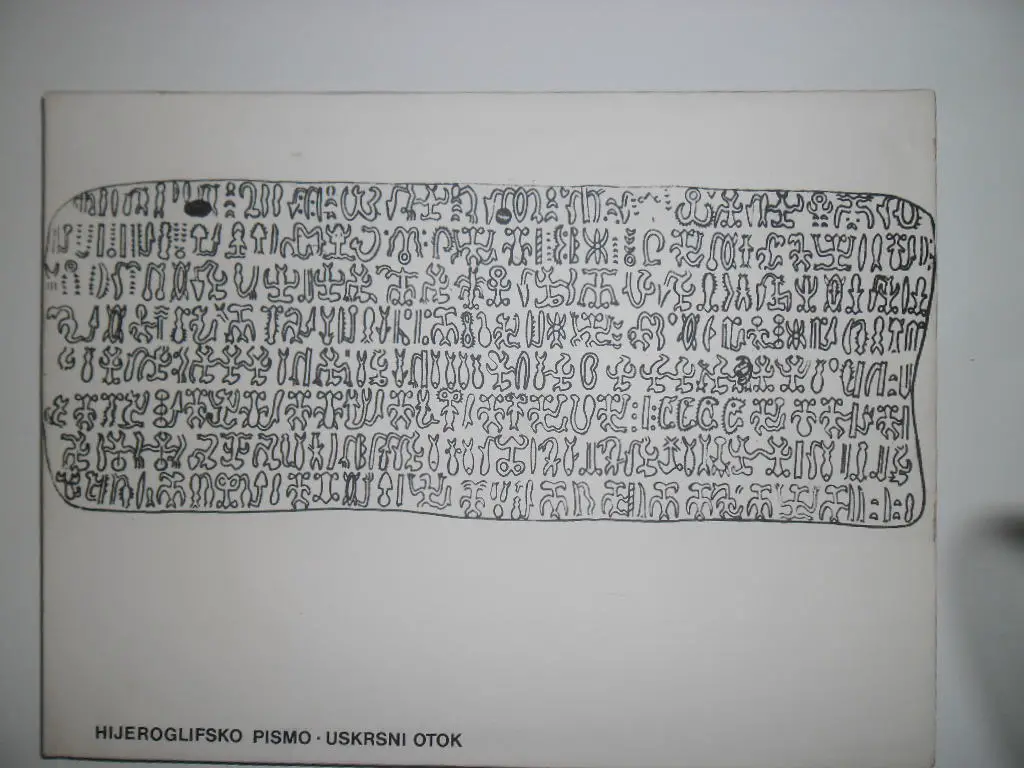
When González de Ahedo’s expedition annexed the island to Spain in 1770, the Rapa Nui chiefs signed the treaty using their own form of writing.
That is why some believe that the invention of the rongorongo may have been inspired by this fact.
Evidence of this is the fact that no expedition reported news about something similar to the Rongorongo before that of Eugene Eyraud in 1864, considered as the discoverer of the tablets.
They also believe that the symbols with which the chiefs signed the treaty do not resemble those of the tablets at all.
Since we have absolutely no idea what the tablets contain, the most widespread and accepted theory is that the rongorongo is not authentic writing system, but a mnemonic system of proto-writing that each scribe was reinterpreting in their own way.

